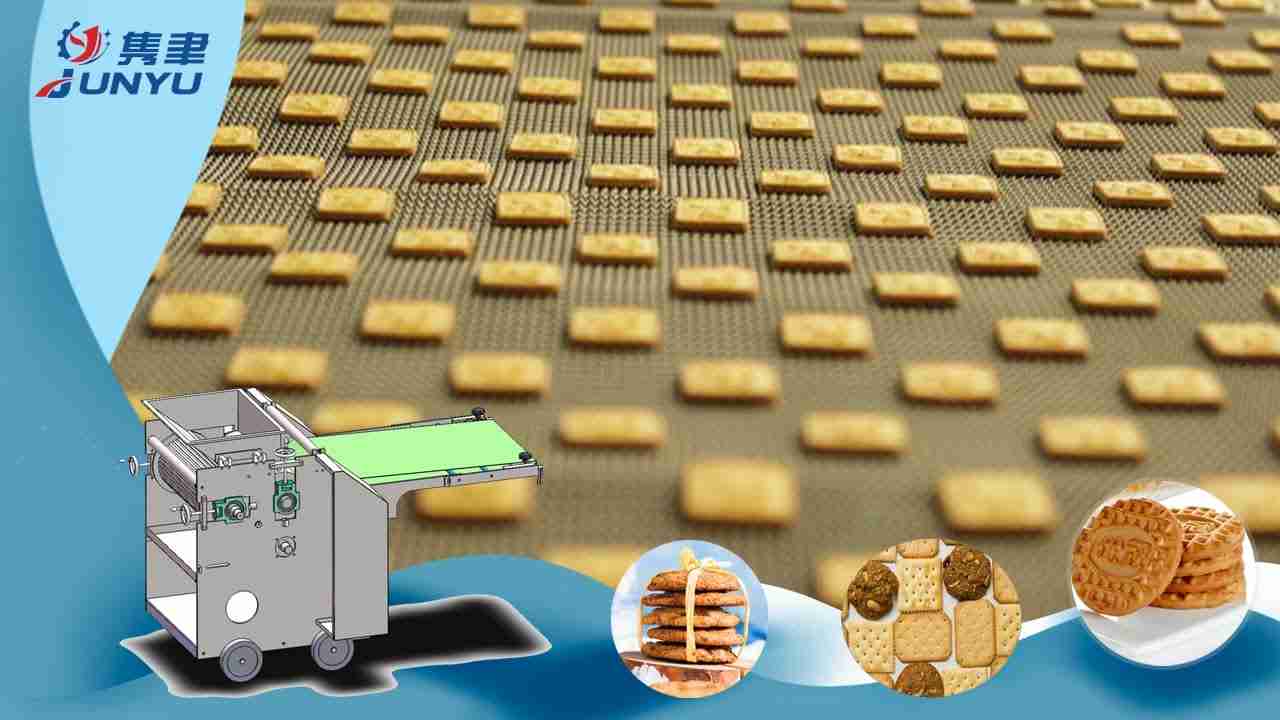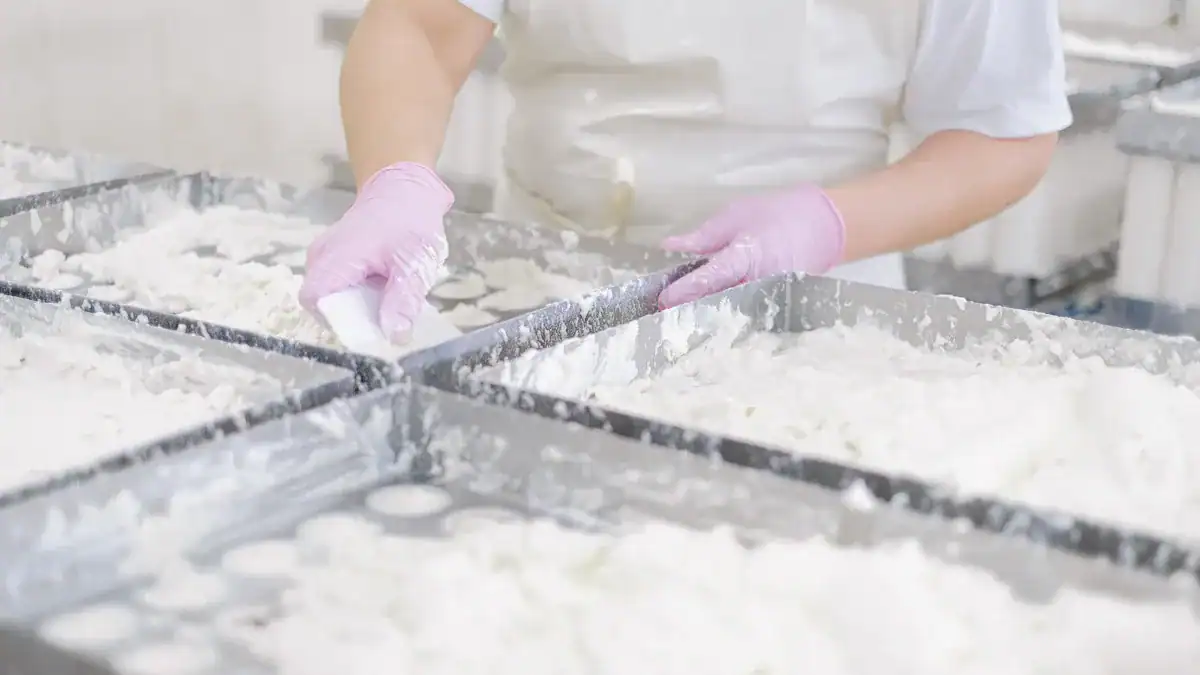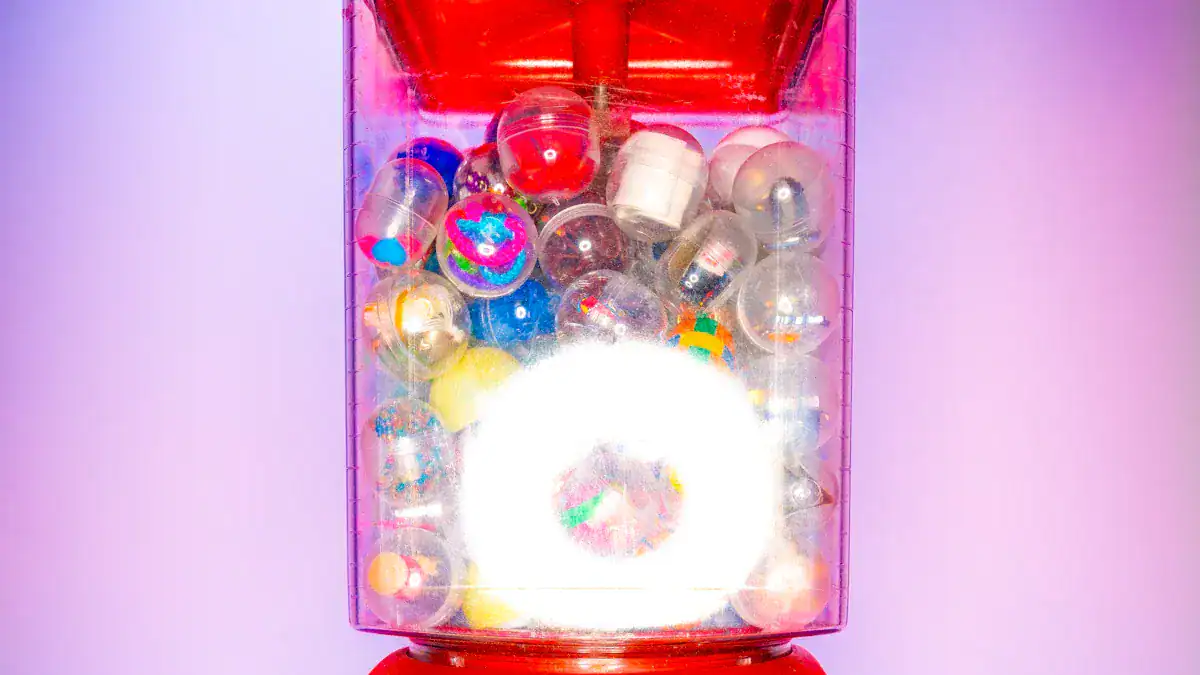Greetings, confectionery connoisseurs! Are you ready to embark on a journey through the vibrant and tasty world of gummy manufacturing?
Today, we’re going to explore the fascinating process by which gummy manufacturing machines handle the addition of flavors and colors, turning a simple mixture into a mouthwatering masterpiece.
So, let’s dive into the mix and discover how these machines whip up a storm of sensory delights.
1. The Art of Flavoring: A Taste Adventure
Let’s start by talking about flavors. Gummy manufacturing machines are like culinary artists, carefully selecting the perfect palette of flavors to create a symphony of taste. Whether it’s the tangy kick of citrus, the sweet allure of berries, or the refreshing zing of mint, these machines ensure that each gummy is infused with the desired flavor profile.
The process begins with the preparation of flavoring agents, which can range from natural extracts to artificial flavors. These agents are precisely measured and added at specific stages of the mixing process to ensure uniform distribution and optimal flavor intensity. The machine’s mixing system, often equipped with high-speed mixers, ensures that flavors are thoroughly blended, leaving no room for bland spots.
2. The Science of Coloring: A Visual Feast
Now, let’s move on to the visual side of the equation—coloring. Gummy manufacturing machines are also master painters, using a variety of food-grade colorings to create a visual feast that complements the taste experience. From the bright reds and yellows of fruit flavors to the deep greens and blues of more exotic concoctions, the right colors can make all the difference in the appeal of a gummy.
Colorants are added in a controlled manner, using specialized dispensing systems that ensure accurate and consistent application. These systems can be calibrated to deliver precise amounts of coloring, whether it’s a full-bodied hue or a subtle tint. The machine’s mixing process is designed to incorporate the color evenly throughout the mixture, resulting in gummies with a uniform appearance.
3. The Precision of Dispensing: A Measured Approach
Both flavoring and coloring agents are added using precise dispensing systems within the gummy manufacturing machine. These systems are like the steady hands of a skilled bartender, ensuring that each ingredient is mixed in just the right amount. This precision is crucial for maintaining the consistency of the product, batch after batch.
From automated pumps to digital scales, these machines use a variety of tools to measure out the exact quantities of flavors and colors needed. This not only ensures a consistent product but also helps in minimizing waste and reducing the risk of errors.
4. The Mixing Process: Blending Uniformity
Once the flavors and colors are added, the mixing process becomes the key to a uniform blend. Gummy manufacturing machines use various types of mixers, from ribbon blenders to high-shear mixers, each designed to achieve a thorough mix in the shortest time possible.
The mixing process is carefully controlled to ensure that the ingredients are not only well combined but also evenly distributed throughout the batch. This is particularly important for maintaining the integrity of the gummy’s texture and appearance.
5. Quality Control: The Taste and Color Check
After the flavors and colors have been added, the gummy mixture undergoes a series of quality control checks. These checks are like the final exam that every batch of gummies must pass before they can make it to the market.
Quality control technicians, along with sophisticated sensors and colorimeters, evaluate the flavor intensity and color uniformity of the gummies. This ensures that every gummy meets the high standards of taste and appearance that consumers expect.
6. The Continuous Flow: Consistency in Production
In a continuous flow gummy manufacturing machine, the process of adding flavors and colors is seamlessly integrated into the production line. This ensures a consistent flow of product, with flavors and colors being added at the right stages of the process to maintain uniformity and quality.
7. The Batch Process: Customization and Control
For batch processing machines, the addition of flavors and colors is a more deliberate process. These machines allow for greater customization and control over the production process, making them ideal for smaller-scale production or for manufacturers who want to create a variety of different gummy products.
8. Automation and Precision: The Future of Flavor and Color
As technology advances, so does the precision and automation of flavor and color addition in gummy manufacturing machines. Modern machines are equipped with computer-controlled systems that can automatically adjust the ratios and timing of flavor and color additions, ensuring greater accuracy and repeatability.
9. The Human Touch: The Art Behind the Science
While machines play a crucial role in the process, the human touch remains an essential part of creating the perfect gummy. Skilled operators and confectioners oversee the process, making adjustments and fine-tuning the machines to achieve the desired balance of flavor and color.
10. The Palette of Possibilities: Custom Flavors and Colors
With the capabilities of modern gummy manufacturing machines, the possibilities for custom flavors and colors are virtually limitless. From classic fruit flavors to the latest trend in exotic tastes, and from traditional reds and yellows to the full spectrum of the rainbow, these machines can bring any flavor or color vision to life.
Conclusion
In the delightful world of gummy manufacturing, machines are not just tools; they are partners in creativity, handling the addition of flavors and colors with precision and care. From the initial blend to the final product, these machines ensure that every gummy is a perfect marriage of taste and appearance. So, the next time you savor a gummy, take a moment to appreciate the sophisticated dance of machine and ingredient that brought it to your taste buds.
Remember: The art of gummy making is a blend of science and creativity, with machines playing a starring role in the flavor and color symphony. Whether you’re a seasoned gummy maker or just starting your sweet journey, always keep in mind the importance of precision and care in handling the ingredients that make your gummies truly special. Happy gummy making!





